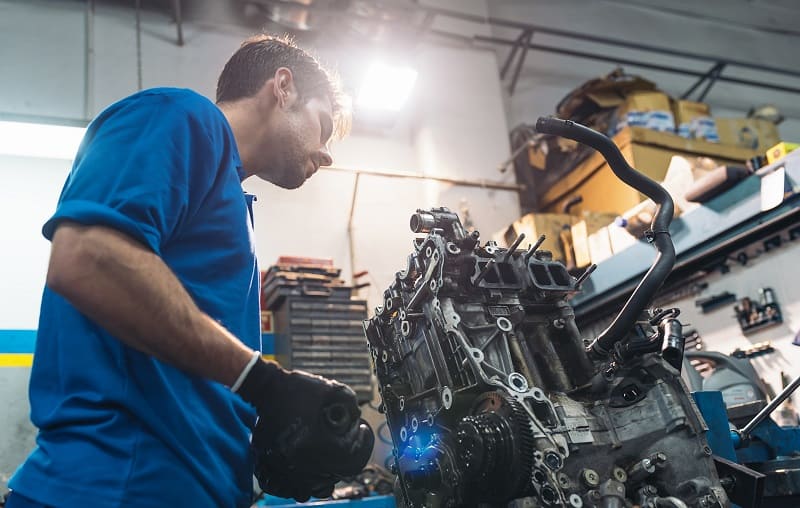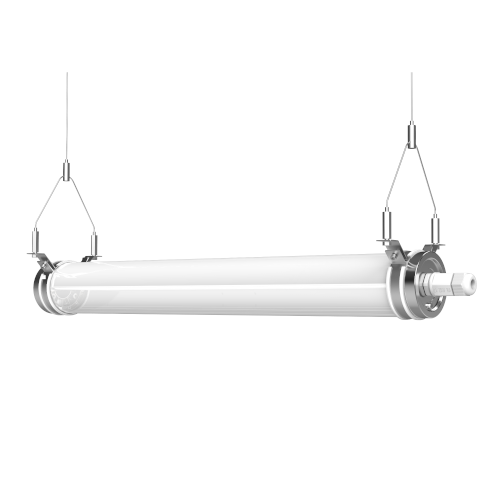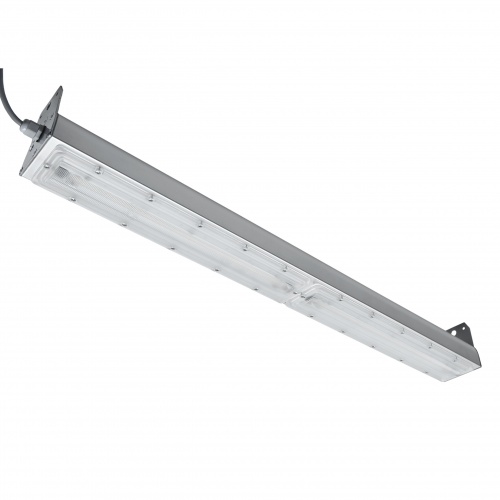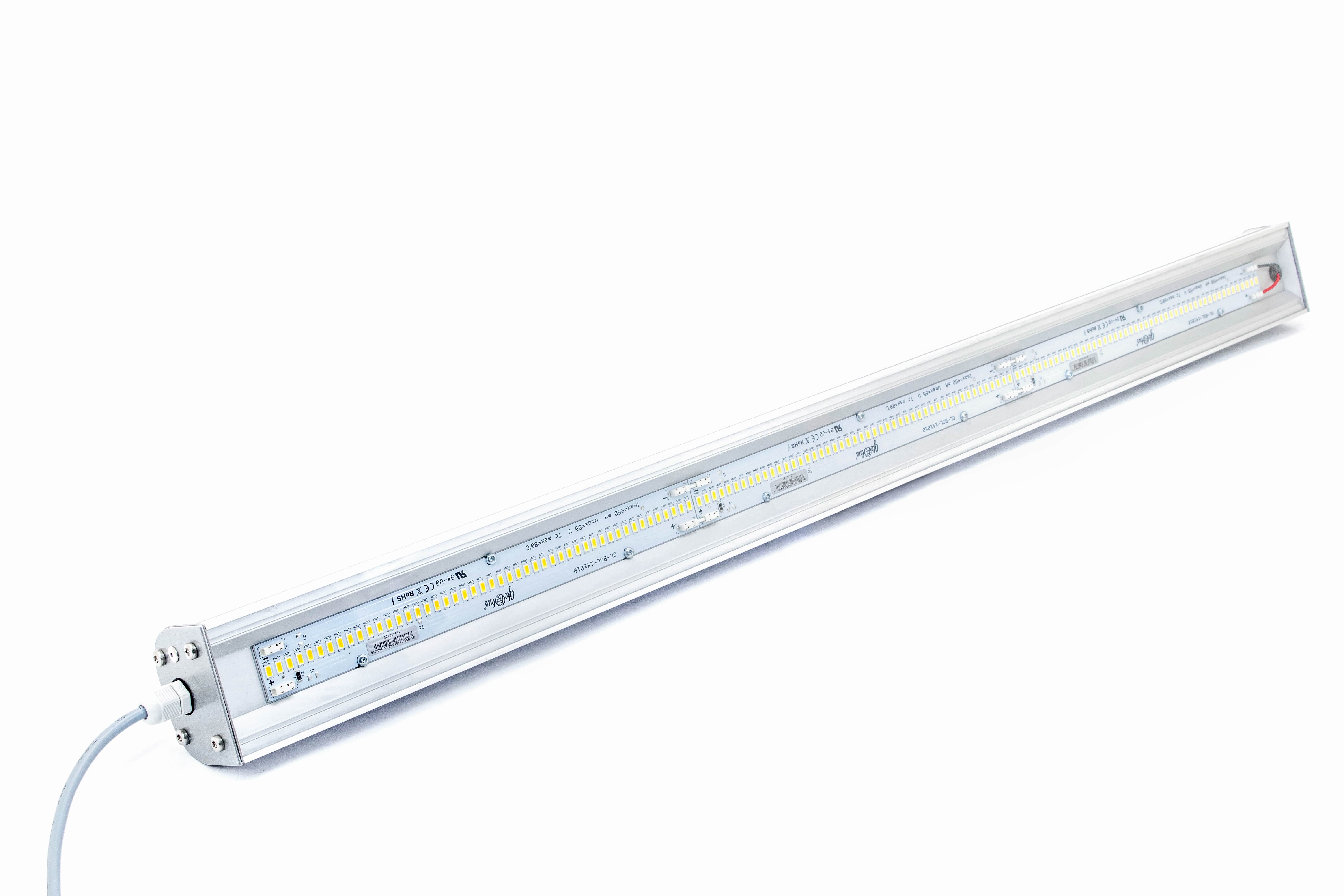
Workshop lighting
LED lamps for large and small workshops
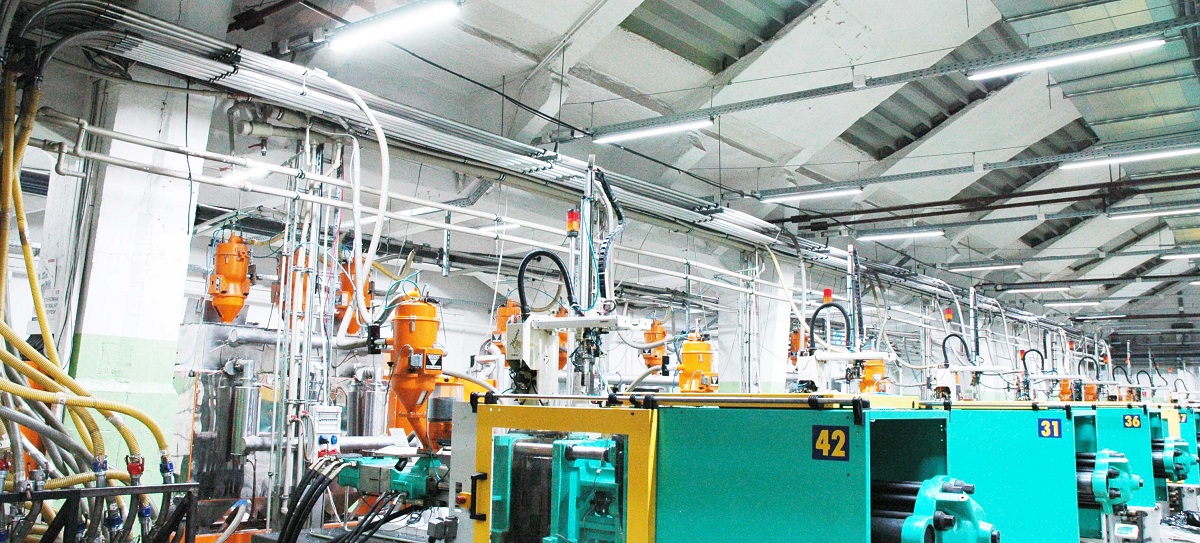
U pgrading or installing workshop lighting on your workstation can be one of the cheapest and most significant changes you can make to your workshop environment.
Until recently, workshop lighting consisted of traditional sodium or mercury fluorescent lamps, halogen lamps or ordinary light bulbs in industrial fittings. Although they consumed a lot of energy, gave off a lot of heat, their lifespan was quite short and often insufficiently illuminated the room, there was no choice. Today we have an alternative, i.e. LED lamps for the workshop: economical, efficient, work for a very long time, we can choose the color of the light, they do not tire the eyesight. When buying LED lamps for the workshop, we should pay attention to their functionality, power, color of light, as well as tightness and resistance.
Well-placed and tailored to the activities carried out, LED lighting is not only a matter of improving visibility, but also reducing eye strain, increasing productivity and improving safety during work.
LED lighting is a proven, energy-saving alternative to traditional fluorescent or tape luminaires. This type of lighting is perfect for assembly, packaging, service or quality control tables. The LED luminaire consumes less electricity than traditional sources. It is also characterized by a much better lifespan, which is up to three times longer than fluorescent lamps. LED lighting on
you won't have to replace as often and pay for disposal.
Workshop lighting - our proposal for LED parking lights
What lamp for the workshop?
W hen considering which lighting for the workshop will be the best, which lamps to buy for the workshop, we should take into account several parameters:
Luminaire power. It should be remembered that the power of the luminaire, which is given in Watts (W), does not inform us exactly about the amount of light that we will get, but about the consumption of electricity.
Luminous flux, i.e. the number of lumens (lm). This value, in a nutshell, tells us whether the luminaire will shine strongly or on the contrary. Of course, the more lumens, the stronger the luminous flux. So how many lumens per m2 of workshop? Of course, it largely depends on individual preferences, but it can be assumed that the main LED lighting of a car workshop should have from 300 to 500 lm/m2, while the lamp above the work table - 750 - 1000 lm/m2.
The light efficiency factor (lm/W), which we get by dividing the number of lumens by the number of Watts, and which tells us how efficient and economical the LED light source is. The higher the ratio, the better for our pocket.
The color rendering index CRI (Ra), which shows to what extent the light from the lamp faithfully reflects the colors of the space it illuminates. This factor has values from 0 to 100, where the highest is sunlight. Lighting in a car workshop should have a CRI(Ra)>80.
Color temperature, which determines the color of light, which is expressed in Kelvin (K). The higher the index, the cooler the light. Cold light is the most stimulating and conducive to concentration, so it can be ideal as LED lighting for the workshop, especially in places where we work. Lamps whose light falls on shelves or cabinets can give neutral light. Neutral light has the advantage that it does not distort colors, so it will work as the main lighting of the workshop.
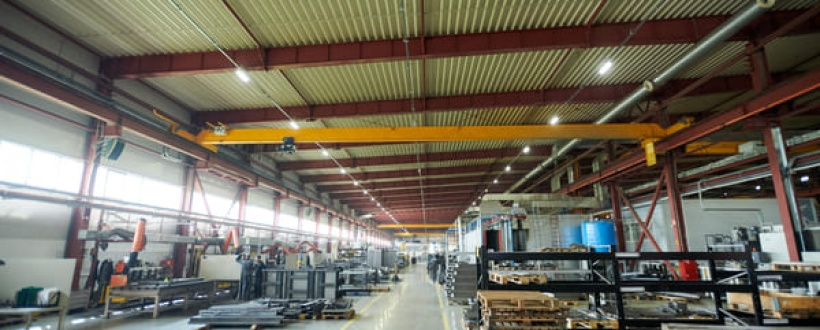
Essential elements of workshop lighting
O ur offer of lighting for workshop stands includes solutions with different light intensity. A well-chosen intensity greatly facilitates work, especially in the case of inspection or machining of small elements. It also does not strain your eyesight when working for a long time. We can adjust the light to the standards required at individual workstations.
The light intensity of the station primarily depends on the degree of precision and detail of the work performed at the station. The following list shows what lighting standards should be met at individual workstations according to the PN-EN-12464-1:2003(U) standard.
The 300 lux category includes work such as die forging, welding and machining. Machining and tool selection, on the other hand, approach 750 lux.
Drop forging 300 lux.
Welding 300 lux.
Mechanical treatment 300 lux.
500 lux grinding.
Selection of 750 lux cutting equipment
Surface preparation for painting 750 lux.
Coarse 200 lux, medium 300 lux, fine 500 lux. precise 750 lux.
Our client can take advantage of the free lighting design option. Our specialists, using specialized DIALUX software, will prepare a tailor-made implementation project.
